Abstracts of American Geophysical Union annual meeting, San Francisco Dec., 2008Global, cyclic, decadal, climate patterns can be traced over the past millennium in glacier fluctuations, oxygen isotope ratios in ice cores, sea surface temperatures, and historic observations. The recurring climate cycles clearly show that natural climatic warming and cooling have occurred many times, long before increases in anthropogenic atmospheric CO2 levels. The Medieval Warm Period and Little Ice Age are well known examples of such climate changes, but in addition, at least 23 periods of climatic warming and cooling have occurred in the past 500 years. Each period of warming or cooling lasted about 25-30 years (average 27 years). Two cycles of global warming and two of global cooling have occurred during the past century, and the global cooling that has occurred since 1998 is exactly in phase with the long term pattern. Global cooling occurred from 1880 to ~1915; global warming occurred from ~1915 to ~1945; global cooling occurred from ~1945-1977;, global warming occurred from 1977 to 1998; and global cooling has occurred since 1998. All of these global climate changes show exceptionally good correlation with solar variation since the Little Ice Age 400 years ago.
Solar Influence on Recurring Global, Decadal, Climate Cycles Recorded by Glacial Fluctuations, Ice Cores, Sea Surface Temperatures, and Historic Measurements Over the Past Millennium
Easterbrook, Don J., Dept. of Geology, Western Washington University, Bellingham, WA 98225
The IPCC predicted global warming of 0.6° C (1° F) by 2011 and 1.2° C (2° F) by 2038, whereas Easterbrook (2001) predicted the beginning of global cooling by 2007 (± 3-5 yrs) and cooling of about 0.3-0.5° C until ~2035. The predicted cooling seems to have already begun. Recent measurements of global temperatures suggest a gradual cooling trend since 1998 and 2007-2008 was a year of sharp global cooling. The cooling trend will likely continue as the sun enters a cycle of lower irradiance and the Pacific Ocean changed from its warm mode to its cool mode.
Comparisons of historic global climate warming and cooling, glacial fluctuations, changes in warm/cool mode of the Pacific Decadal Oscillation (PDO) and the Atlantic Multidecadal Oscillation (AMO), and sun spot activity over the past century show strong correlations and provide a solid data base for future climate change projections. The announcement by NASA that the Pacific Decadal Oscillation (PDO) had shifted to its cool phase is right on schedule as predicted by past climate and PDO changes (Easterbrook, 2001, 2006, 2007) and coincides with recent solar variations. The PDO typically lasts 25-30 years, virtually assuring several decades of global cooling. The IPCC predictions of global temperatures 1° F warmer by 2011, 2° F warmer by 2038, and 10° F by 2100 stand little chance of being correct. "Global warming" (i.e., the warming since 1977) is over!
The real question now is not trying to reduce atmospheric CO2 as a means of stopping global warming, but rather (1) how can we best prepare to cope with the 30 years of global cooling that is coming, (2) how cold will it get, and (3) how can we cope with the cooling during a time of exponential population increase? In 1998 when I first predicted a 30-year cooling trend during the first part of this century, I used a very conservative estimate for the depth of cooling, i.e., the 30-years of global cooling that we experienced from ~1945 to 1977. However, also likely are several other possibilities (1) the much deeper cooling that occurred during the 1880 to ~1915 cool period, (2) the still deeper cooling that took place from about 1790 to 1820 during the Dalton sunspot minimum, and (3) the drastic cooling that occurred from 1650 to 1700 during the Maunder sunspot minimum. Figure 2 shows an estimate of what each of these might look like on a projected global climate curve. The top curve is based on the 1945-1977 cool period and the 1977-1998 warm period. The curve beneath is based on the 1890-1915 cool period and 1915-1945 warm period. The bottom curve is what we might expect from a Dalton or Maunder cool period. Only time will tell where we're headed, but any of the curves are plausible. The sun's recent behavior suggests we are likely heading for a deeper global cooling than the 1945-1977 cool period and ought to be looking ahead to cope with it.
The good news is that global warming (i.e., the 1977-1998 warming) is over and atmospheric CO2 is not a vital issue. The bad news is that cold conditions kill more people than warm conditions, so we are in for bigger problems than we might have experienced if global warming had continued. Mortality data from 1979-2002 death certificate records show twice as many deaths directly from extreme cold than for deaths from extreme heat, 8 times as many deaths as those from floods, and 30 times as many as from hurricanes. The number of deaths indirectly related to cold is many times worse.
Depending on how cold the present 30-year cooling period gets, in addition to the higher death rates, we will have to contend with diminished growing seasons and increasing crop failures with food shortages in third world countries, increasing energy demands, changing environments, increasing medical costs from diseases (especially flu), increasing transportation costs and interruptions, and many other ramifications associated with colder climate. The degree to which we may be prepared to cope with these problems may be significantly affected by how much money we waste chasing the CO2 fantasy.
All of these problems will be exacerbated by the soaring human population. The current world population of about 6 ½ billion people is projected to increase by almost 50% during the next 30 years of global cooling (Figure 2). The problems associated with the global cooling would be bad enough at current population levels. Think what they will be with the added demands from an additional three billion people, especially if we have uselessly spent trillions of dollars needlessly trying to reduce atmospheric CO2, leaving insufficient funds to cope with the real problems.
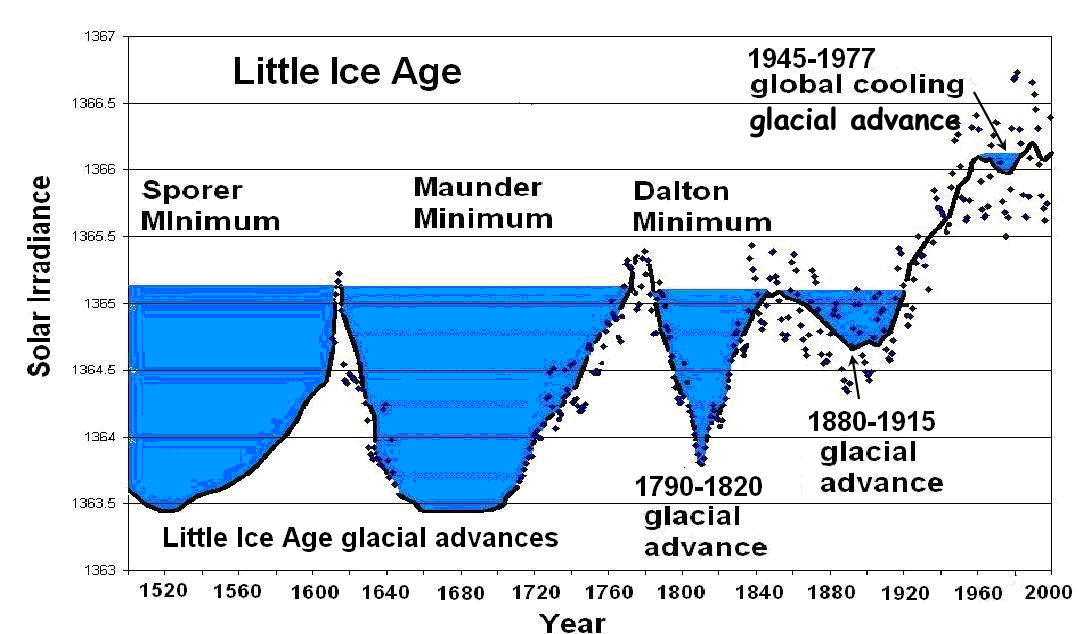
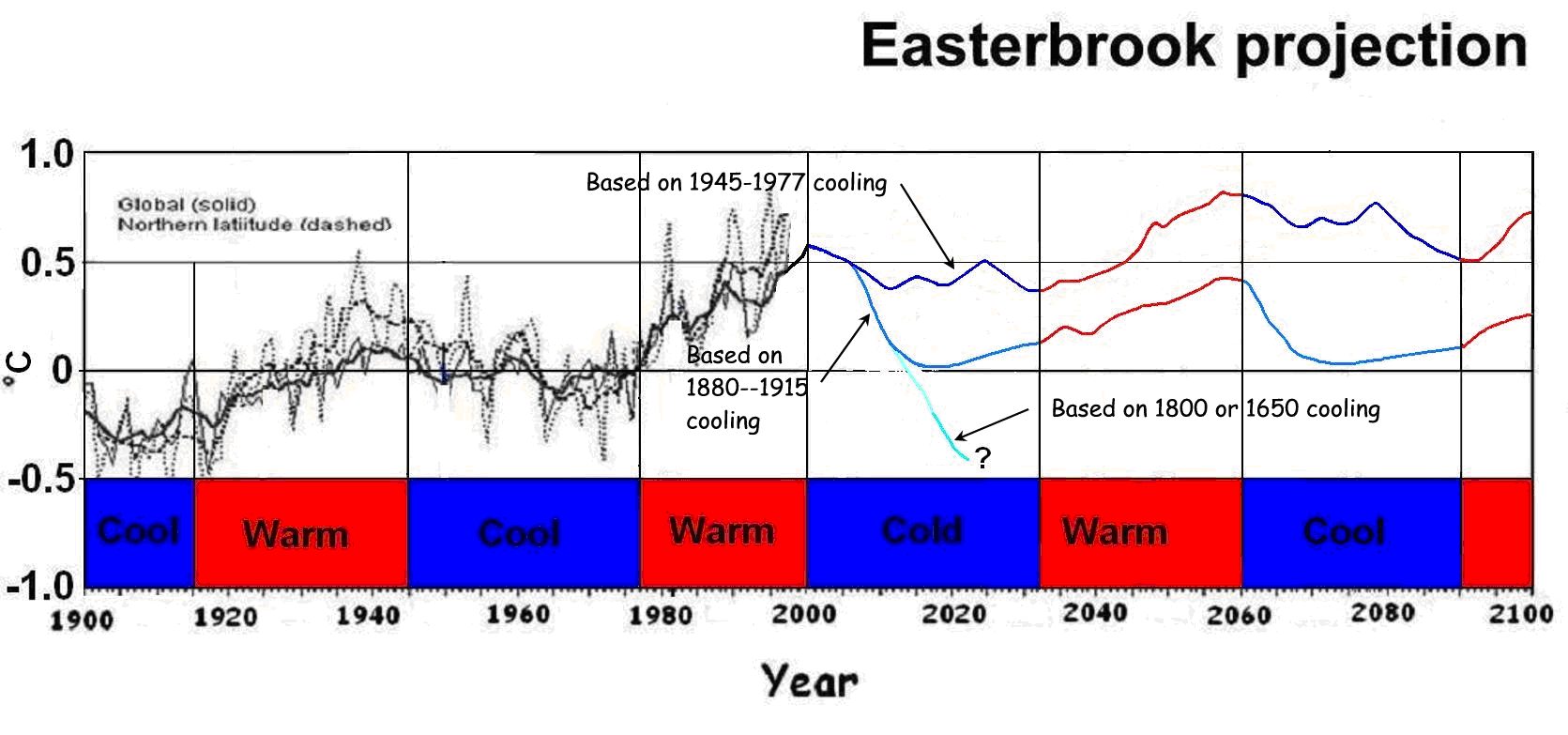
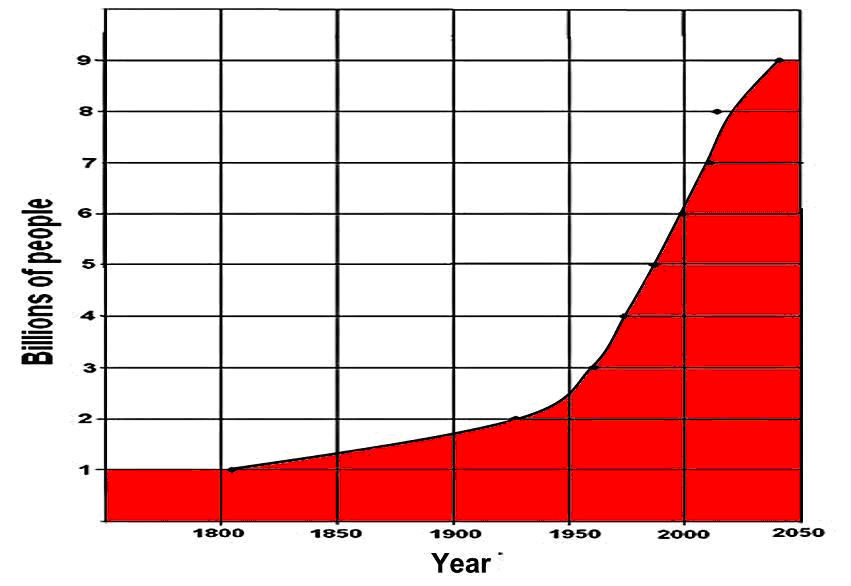
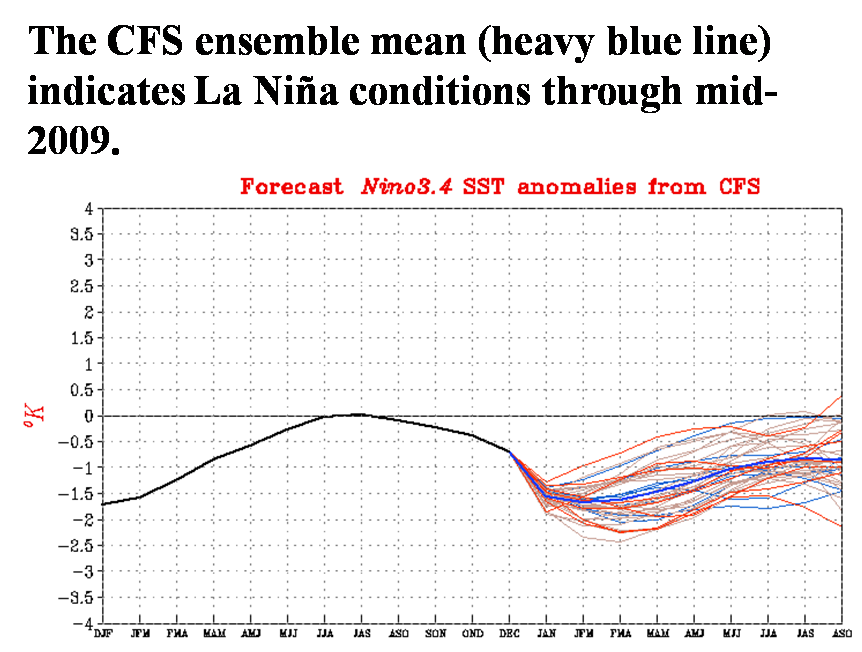
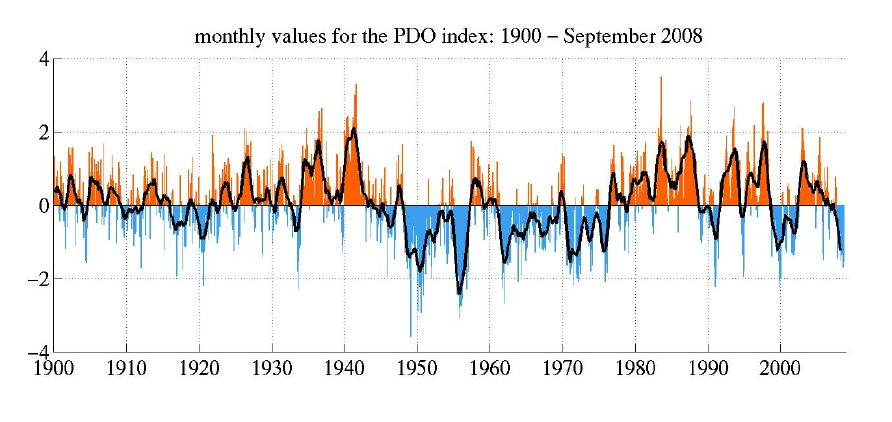
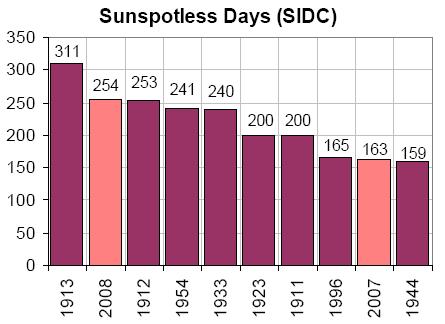



Many thanks, again for the datas. Once again SOTT demonstrates how important it's work is...